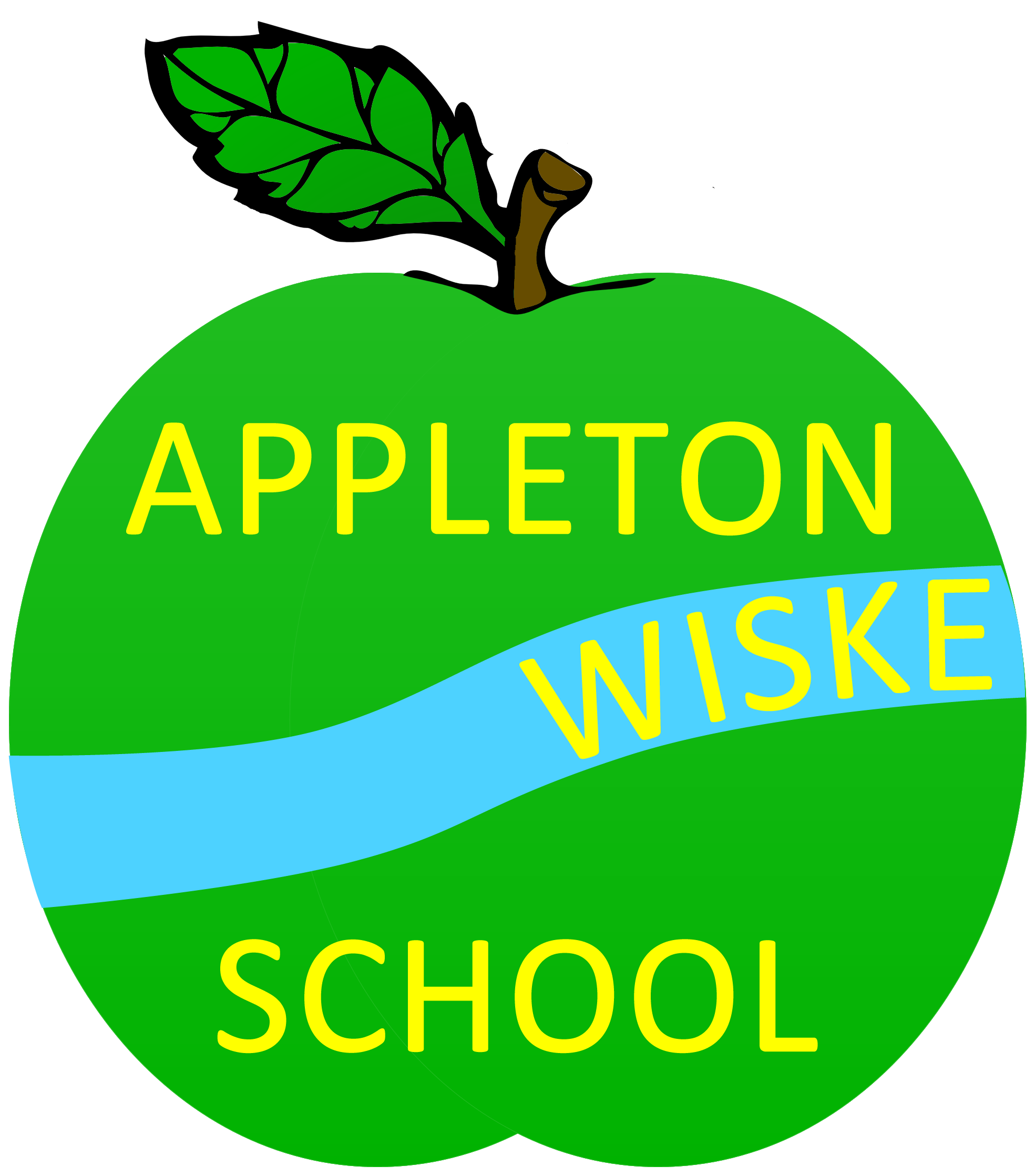Intent
Our art and design curriculum aims to inspire pupils to express themselves whilst developing their creativity, aesthetic sensitivity, self-discipline and personal fulfilment. We equip our pupils with the knowledge and skills to experiment, invent and create their own works of art. Through art and design activities, pupils learn about their own and other cultures, and they develop an understanding of how art and design reflect and shape our history. At our school, pupils will:
- Engage in a range of art and design activities which allow them to be imaginative, creative and expressive
- Develop their skills of sketching, painting, printing, collage, textiles, 3D work and digital art, including an ability to control materials, tools and techniques
- Understand the processes involved in creating works of art
- Develop an appreciation for art in its many forms and across different cultures
- Learn about great artists, craft makers, architects and designers in history
- Learn to think critically and develop a deeper understanding of art and design
Implementation
In planning the art and design curriculum, the school’s context has been carefully considered so that learning has real purpose and provides our pupils with the necessary skills and knowledge to be creative artists. The EYFS Curriculum for Expressive Arts and Design is taught in a variety of ways through adult-led, adult-supported and child-initiated learning in well-resourced areas of provision. Pupils are taught the knowledge and skills for ‘Exploring Media and Materials’ and ‘Being Imaginative’ using a thematic approach which ensures progression as pupils move from EYFS to Key Stage 1. In Key Stage 1 and Key Stage 2, the school’s long term plan maps out the National Curriculum objectives, ensuring appropriate coverage over a 2-year cycle which is well-sequenced with clear progression of knowledge and skills. In Key Stage 1, pupils are taught to use a range of materials creatively to design and make products; use drawing, painting and sculpture to develop and share their ideas, experiences and imagination; develop a wide range of art and design techniques in using colour, pattern, texture, line, shape, form and space; and they learn about the work of artists, craft makers and designers. In Key Stage 2, pupils are taught to develop their techniques, including their control and their use of materials, with creativity, experimentation and an increasing awareness of different kinds of art, craft and design; create sketch books to record their observations and use them to review and revisit ideas; improve their mastery of art and design techniques, including drawing, painting and sculpture with a range of materials; and they learn about great artists, architects and designers in history. Art and design is delivered through discrete lessons focusing on specific skills and knowledge appropriate to each phase of learning, and is taught in a way that complements and enhances other subjects through cross-curricular links. Pupils use a range of good quality resources, tools and materials to support their learning.
Assessment:
Pupils are assessed according to the criteria set out in the Early Years Foundation Stage and National Curriculum for Years 1 to 6. In EYFS, regular observations and assessments of learning are recorded using Learning Journeys and the school’s Early Years online monitoring system. Pupils are assessed at the end of EYFS using the Early Years outcomes for ‘Exploring Media and Materials’ and ‘Being Imaginative’. In Key Stage 1 and Key Stage 2, the school’s Art and Design Progression Grid is used for planning, tracking and assessment, and provides clear progression through the skills and knowledge needed in each year group. Pupils’ art and design work is recorded in a variety of ways using a range of media, and all pupils have individual arts books; these contribute towards formative assessment of skills and knowledge. Summative assessment is tracked on the school’s electronic tracking system and used to measure pupil progress. Monitoring of the subject is carried out by the Art and Design Leader/Head Teacher.
Impact
Our pupils receive a good quality art and design curriculum which provides them with regular opportunities to create artwork in different forms. Progression of knowledge and skills is clearly sequenced and cumulative, ensuring pupils build on prior learning experiences so that they can continue to develop their individual artistic talents.
